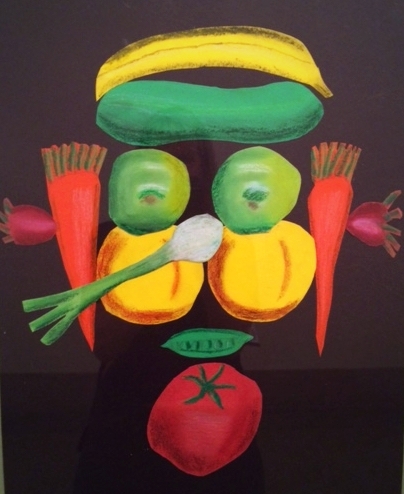
We all know that what we eat is vital to good health, but it’s often hard to convey that to children. We say, “eat your vegetables” and and they think, “stop
nagging me.” Learning about nutritious fruits and vegetables can be fun when we get creative.
Fruits and vegetables come in many colors including, red, blue/purple, yellow, green, and orange. Once children know a balanced diet includes foods from each
of these colors, they start looking for vibrant colored food at the grocery store and during mealtime. They can list the new foods by writing the fruit and vegetable names in their
corresponding colors. For example, they would write “lemon” with a yellow marker or crayon.
In the classroom, I would share my “favorites” within the various colors. For example, I might mention that my favorite orange food is a kumquat. Of course,
the students had many questions about kumquats (excellent mini-research opportunity) and wanted to see me eat one.
Sometimes, the students and I did not know if a certain food was a fruit or a vegetable, such as peas. Our uncertainty was another great opportunity to consult the
computer or the dictionary to build our vocabularies and food knowledge. Invariably, students were interested in why foods are a certain color. This is when I would
introduce my Nutrition Question Board with “Why are foods certain colors?” More questions followed such as, “Why are vegetables different shapes and sizes?” and “How are seedless fruits
made?”
At this point, I did not have to tell them about the healthy benefits and nutrients in colorful foods. They were well on their way to harvesting their own
healthy habits. All I had to do was provide the resources for them to begin their independent research.

Did you like this article? Share it.


Write a comment